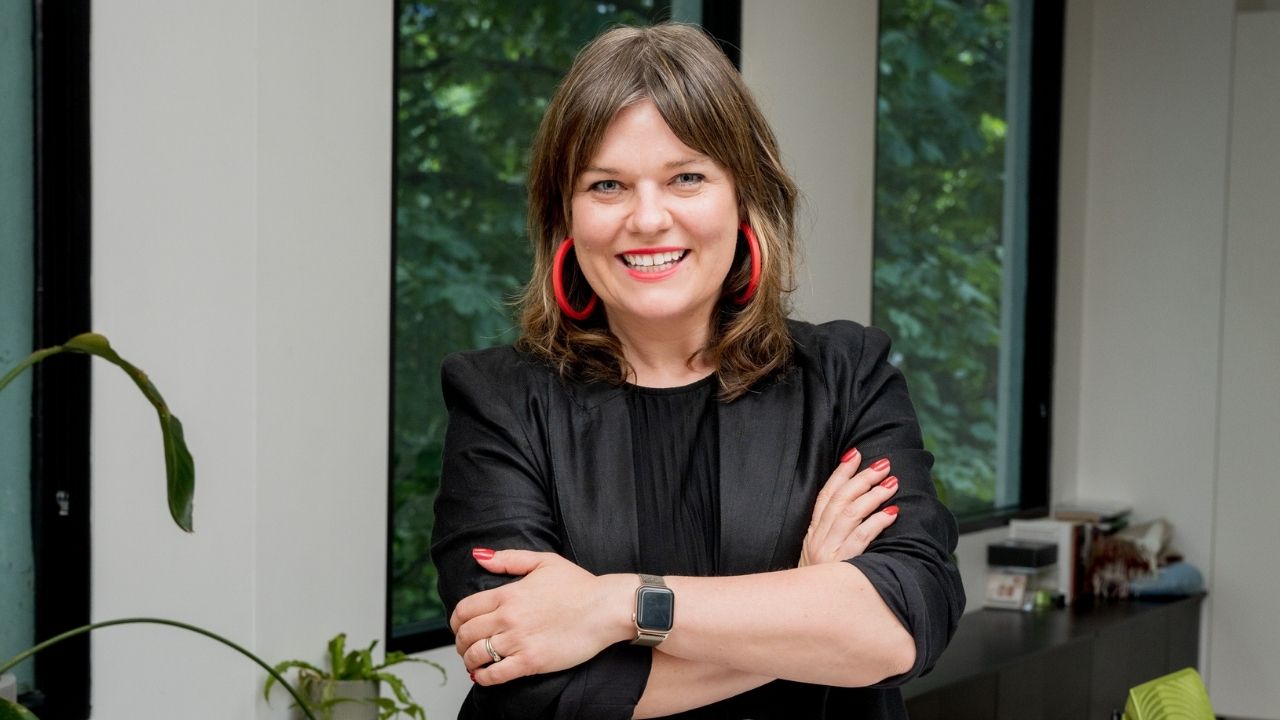
Grind culture is losing its grip on architecture and design – new report reveals.
The Bespoke Careers 2025 Architecture and Design Market Report reveals architects and designers are prioritizing wellbeing over traditional work demands.
A quiet revolution is reshaping architecture and design workplaces: long hours, late nights, and burnout are no longer seen as badges of honor. According to the newly released 2025 Architecture & Design Market Report by Bespoke Careers, architects are finally breaking up with grind culture, and they’re not looking back.
The evidence is striking: 53% of US architecture professionals now rank work-life balance as their primary reason for changing jobs, surpassing both compensation and career advancement opportunities. This marks a significant shift from 2018, when salary was the dominant factor and work-life balance ranked third.
“People still want to do great work. They just don’t want to wreck themselves doing it.” – Alastair Wallace, COO, Bespoke Careers NY/CA
“The pandemic-era shift is clear: salary satisfaction has soared, and pay is no longer the driving force behind career moves for many professionals.” – James Boggan, Managing Director, Bespoke Careers Texas
Regional contrasts tell a deeper story
While the US continues to lead the global market on salary growth, the numbers reveal a deeper story. In New York, where professionals saw the biggest pay jump at 5.45%, satisfaction is waning.
Despite commanding top-tier salaries, architects in New York report the lowest scores on wellbeing, mental health support, and even career choice satisfaction. The high cost of living, long office hours, and lack of mental health resources are leaving many questioning whether the payoff is worth it.
In contrast, Texas has emerged as the new benchmark for professional satisfaction. Architects in the Lone Star State reported the highest levels of wellbeing, including the highest job and salary satisfaction, and mental health support. While average pay is lower than in New York, Texas professionals are far more likely to feel valued, supported, and optimistic about their future in the field.
California, meanwhile, offers a middle ground. Professionals there reported steady gains in pay, solid satisfaction levels, and a better balance between in-office expectations and employee preferences. While not as euphoric as Texas or as strained as New York, California illustrates a model of consistency and slow cultural evolution.
Pay equity is progressing – but leadership still lags
The report highlights encouraging momentum on gender pay equity across the US. In 2024, women’s salaries rose 16.5 percent faster than men’s—a clear signal that longstanding disparities are starting to narrow. However, the national gender pay gap remains significant at 8.7 percent, with Texas showing the widest divide at 19 percent. New York and California report narrower gaps of 6.6 and 5.8 percent, respectively.
Despite gains in compensation, women remain underrepresented in leadership. In every US state surveyed, women hold less than half of senior roles. New York leads with 42 percent female leadership, followed by California at 38 percent and Texas at just 37 percent. The figures underscore that while pay is catching up, decision-making power is still unevenly distributed.
Office attendance requirements increasing
While hybrid work remains the norm for 53% of professionals, more than one-quarter of firms increased in-office attendance requirements last year. The national average now stands at 3.5 days per week in the office.
This creates tension in many workplaces, as professionals consistently express a preference for fewer office days than required, especially amongst architects and designers at the beginning of their career.
What sets successful firms apart is not how many days they require in the office, but how clearly they communicate why those requirements exist. Practices that effectively link their in-office policies to specific organizational goals and culture are seeing stronger buy-in from teams.
“The extensive chatter about office returns is finally turning into action. For many leaders, this return signals stability, renewed collaboration, and a desire to reignite the creative energy that often thrives in shared spaces.” – Chris McCaffrey, Principal, Bespoke Careers New York
About the Report
The 2025 Architecture & Design Market Report offers the clearest picture yet of an industry in transformation, and a roadmap for how firms can adapt to attract and retain the next generation of top talent.


Looking to hire top talent
 or advance your career? Let's talk.
or advance your career? Let's talk.
We connect exceptional firms with talented professionals.
Whether you're looking to hire or explore new career opportunities, let’s discuss how we can help you achieve your goals—get in touch today.
Related Posts

As we enter a New Year, the collective sentiment is to look forward, make plans and think about the future, me included. But as we do, it is hard to not reflect on the past year.
Bespoke Careers is proud to support this event celebrating people-focused achievements in architecture, highlighting sustainability, workplace culture, and fellowship.
The Bespoke Careers 2025 Architecture and Design Market Report reveals architects and designers are prioritizing wellbeing over traditional work demands.





